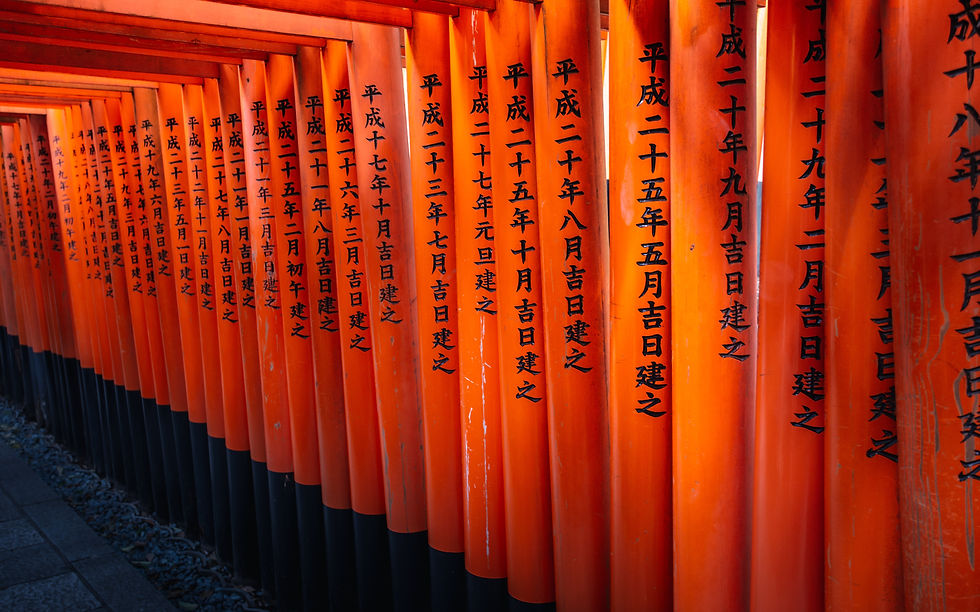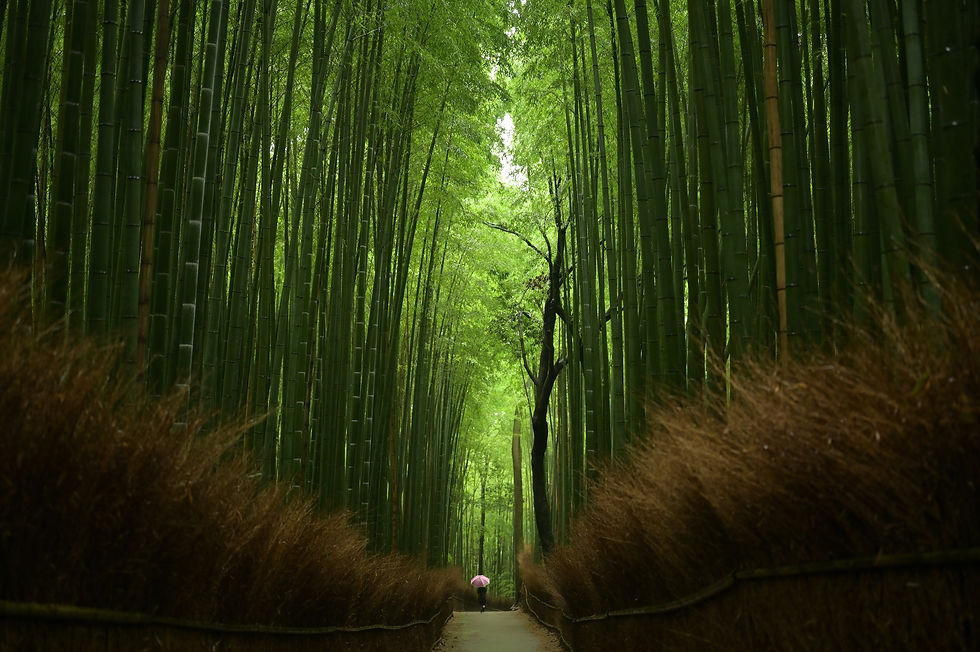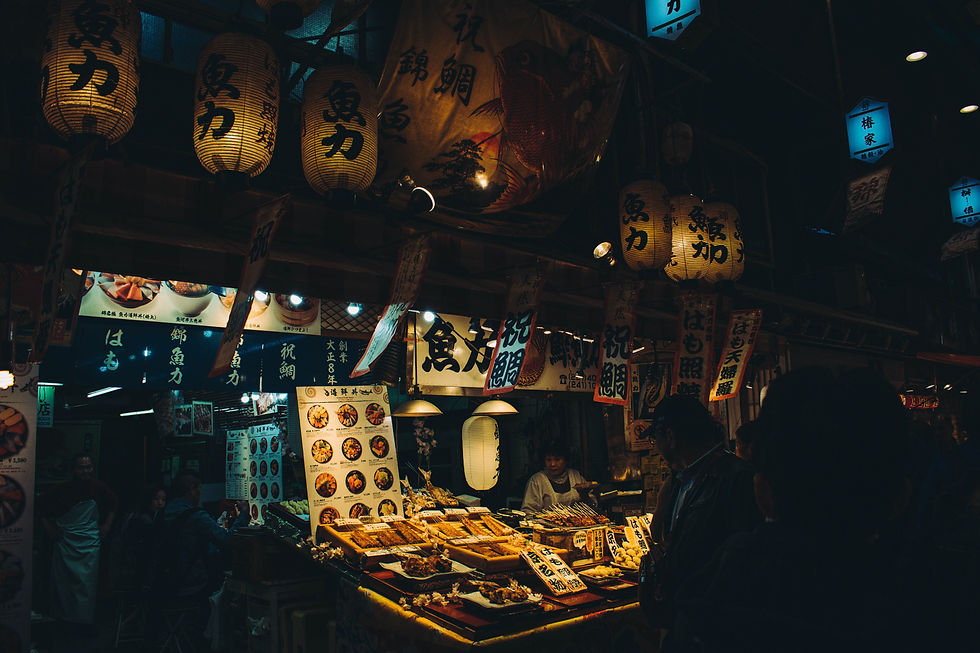
Kyoto
Japan's capital for more than 1,000 years, Kyoto was the center not only of politics, but religion, philosophy, art, culture, and cuisine. Historic Monuments of Ancient Kyoto is the UNESCO World Heritage Site encompasses 17 locations in the city of Kyoto.

What to expect in Kyoto?
Let's find out.
A city where the echoes of ancient Japan linger in the modern age, Kyoto invites travelers to step into a world where tradition and beauty reign supreme. As a former imperial capital for over a millennium, Kyoto boasts an unparalleled collection of cultural treasures, serene gardens, and atmospheric temples.
The Culture and
Seasonal Beauty
Kyoto's charm lies in its ability to preserve the past while continuously evolving. Visitors can explore iconic sites like Kinkaku-ji (the Golden Pavilion), Fushimi Inari Shrine with its thousand red torii gates, and the historic geisha district of Gion. Each season in Kyoto paints the city in a different hue, from the delicate cherry blossoms of spring to the fiery red maples of autumn, offering a picturesque backdrop that is as diverse as it is stunning.
A Culinary Adventure
Kyoto is also a haven for food lovers, with its culinary scene reflecting the city’s dedication to tradition and quality. From kaiseki, the artful multi-course meal that emphasizes seasonality and taste, to street food stalls selling yatsuhashi (sweet cinnamon-filled treats), Kyoto promises an unforgettable culinary journey. The city is also famous for its tofu, matcha (green tea), and sake, providing a taste of Kyoto’s rich gastronomic heritage.
Accommodations with Authenticity
Accommodation options in Kyoto range from modern hotels offering all the conveniences of the 21st century to traditional ryokans (Japanese inns), where guests can experience living as the locals have for centuries. Sleeping on tatami mats, bathing in onsen (hot springs), and wearing yukata (light kimono) are just a few of the culturally immersive experiences available to visitors.
Sustainable and Accessible Tourism
Kyoto is at the forefront of sustainable tourism, with efforts to preserve its natural and cultural sites while accommodating the growing number of visitors. The city's compact size and excellent public transportation system make it easy for travelers to explore without a car, contributing to a lower carbon footprint.

Fushimi Inari Shrine
Known for its 30,000 vermilion torii gates, the shrine is dedicated to the Shinto god of rice, Inari, and is one of the oldest and most significant shrines in all of Shintoism.

Kiyomizu-dera Temple
Founded in the year 780, the temple stands as an enduring symbol of Kyoto, celebrated for its iconic wooden terrace that offers picturesque views of the surrounding cityscape.

Kinkaku-ji Temple
Also referred to as the Golden Pavilion, it was originally built as a retirement villa for the shogun Ashikaga Yoshimitsu before being converted into a temple after his death.
Sightseeing Locations
Some of the must-visit

Arashiyama Bamboo Forest
The renowned bamboo forest lies on the outskirts of western Kyoto, providing an idyllic setting for a peaceful walk among thousands of towering bamboo stalks.

Nijo Castle
Originally constructed in 1569 by Oda Nobunaga, the castle was repurposed to be part of the imperial palace during the Meiji era and stands today as one of the finest remnants of Japan's feudal past.
.jpg)
The Philosopher's Path
A two-kilometer pedestrian pathway between Ginkaku-ji Temple and Nanzen-ji Temple, which was named after two famous philosophers who once walked the route daily.

Ginkaku-ji Temple
A testament to wabi-sabi aesthetics, the temple was planned to be a retirement villa for a powerful shogun but remains unfinished due to external conflicts that arose during its initial construction.

Nishiki Market
Having earned the nickname "Kyoto's Kitchen", the market offers a wide array of fresh seafood, produce, and local specialties, making it a must-see destination to experience Kyoto's famous food culture.

Saiho-ji Temple
Colloquially referred to as the “Moss Temple,” it is thought to have originally been a villa for the legendary Prince Shotoku before transforming into a Zen Buddhist temple in 1339.

